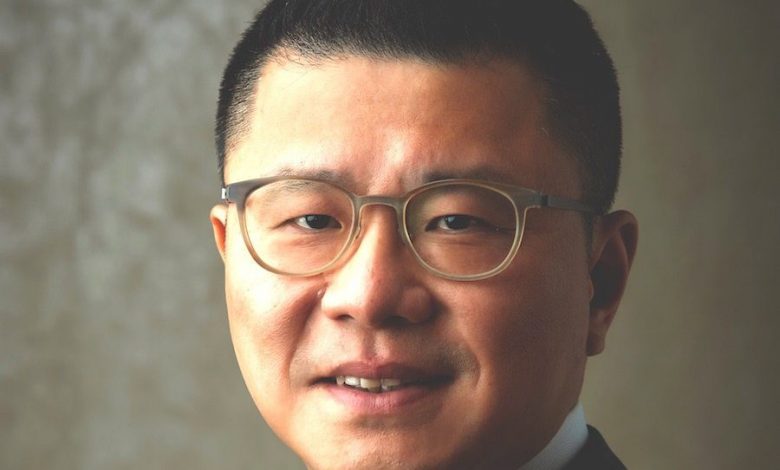Seaspan: LNG diversification

Best known for its pioneering containership investments, Vancouver-based ship lessor Seaspan Corporation is diversifying under new management, with LNG seen as a potential new direction. Nevertheless, despite headwinds the company remains optimistic that the market fundamentals for its largest source of business, boxships, remain solid.
“We have seen the container shipping sector is fundamentally improving from the demand and supply perspective,” Bing Chen, CEO of Seaspan, says.
Chen was appointed as president and CEO of Seaspan in January 2018 following the departure of co-founder Gerry Wang.
Prior to joining Seaspan, Chen was the chief executive officer of BNP Paribas China after serving as general manager of commodity trader Trafigura’s China operations.
Chen believes a projected 3.3% growth of global GDP and a 3.4% global trade volume growth bodes well for the container shipping sector.
“Overall, the growth is still there but the supply side needs to be rather disciplined. If you look at the newbuilding market it is still at record low level,” Chen points out.
For the rest of 2019, Chen holds a cautiously optimistic view boosted by the upcoming peak season and the IMO 2020 sulphur cap.
Chen also sees in general the financing in the market is becoming much more rational from a risk-return perspective.
“It is a healthy development going forward. A lot of times oversupply is partly fuelled by easily accessible capital, but capital is gradually become rational ,” Chen says, adding that financing will continue to evolve going forward, and the capital will be more selectively invested in the assets and businesses that is more resilient in terms of value and business model.
In May, Seaspan completed a new $1bn portfolio financing program, which could be increased to $2bn through additional commitments under a revolving credit facility and term loan facility. Net proceeds from the program will be used to repay 12 secured credit facilities, for general corporate purposes, and may be used in part to finance the acquisition of vessels.
Seaspan currently operates 112 vessels with a total capacity of more than 900,000 teu.
According to Chen, Seaspan currently has over 80% of its capacity on long-term charter with an average five-year contract in place.
Regarding the hot issue of dealing with the upcoming IMO 2020 regulations, Chen reckons ships with more than 10,000 teu capacity are likely to be candidates to install scrubbers. For smaller vessels it’s not economically justifiable, he says.
“Going forward in the next few years, we have seen increasing interest for LNG fuel or dual fuel vessels for both economical and environmental reasons,” Chen says.
Chen confirms that the company is looking at LNG as part of the company’s potential diversification plan.
Earlier this year, Seaspan signed an $200m investment agreement with Singapore’s offshore vessel company Swiber, which has been under judicial management since 2016, as part of a restructuring plan for the latter.
Under the agreement, Seaspan will pay an initial tranche of $10m to Swiber and a second tranche of $190m will be used subscribe for preference shares in Swiber’s subsidiary Equatoriale Energy, upon securing the development stage of LNG-to-power project in Vietnam and achieving major project milestones.
“We are investing in the company’s future,” Chen says.
In 2018, Swiber decided to venture into the power business and is working on an LNG-to-power floating solution.
The company has designed a so-called Gen Blue floating LNG power plant and is looking to integrate the storage of LNG, regasification, and gas-fired power plants onto a single vessel, which Seaspan has identified as an attractive investment.
This interview first appeared in Maritime CEO magazine. Splash readers can access the full magazine for free online by clicking here.
